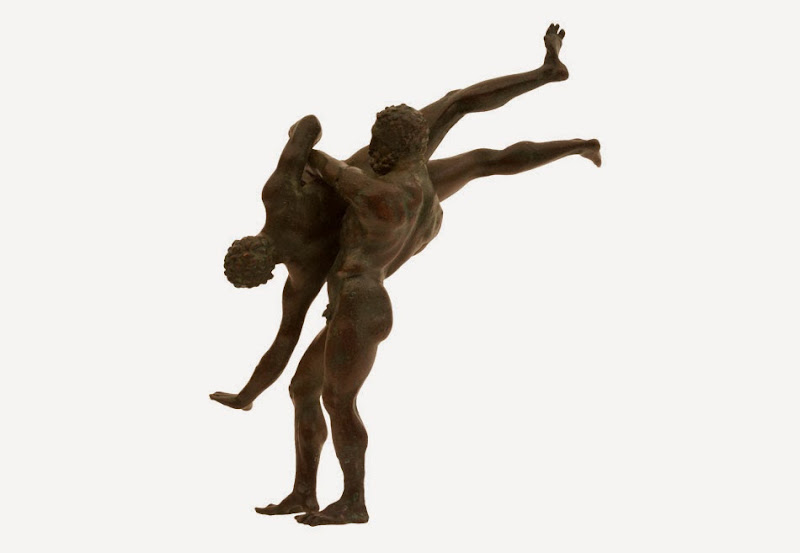The National Institute of Archaeology with Museum at the Bulgarian Academy of Sciences takes a great pleasure to present an international exhibition which has been realized within fruitful collaboration with the National Archaeological Museum, Athena and Numismatic Museum, Athena, Greece.

Archaeological Museum of Athens]
The exhibition is divided into six thematic sections revealing some of the most important aspects of the life in ancient Greece of lasting significance for the modern European culture.
The exhibits included in Section A trace the sealing history from the prehistoric period focusing on the aspiration and need of man to distinguish and identify.
Section Β gives a vivid picture of the well-known Greek domination at sea and special attention is paid to the important role of the sea as regards the commercial, political, economic and spiritual supremacy of the Greeks in Antiquity. The sea has always been for Greeks a gate of communication with the world – water route for exchange of goods, a source of wealth and a way of subsistence, but also a path for ideas, various stories and myths.
Section Γ puts emphasis on the tribute of the Hellenic society to the establishment of the democracy and consolidation of its essential features – freedom of speech, bold expression of judgement and opinions on public issues. The exhibits concern also another contribution of ancient Greece – the education. The rapid spread of alphabet and literacy sets off the diffusion of knowledge and ideas.
The theme of Section Δ is the Olympic ideal. The Panhellenic Games influenced the institutions, art and literature of the ancient world and its society. The ideal of fair competition and reconcilement between the competitors and the people expressed in the Olympic Games leads to their revival in modern times.
Section E includes historic events of universal significance that left a durable trace in history. Such are the prolonged Persian wars in the first quarter of the 5th century BC which constitute the first joint military campaign of the Greeks against a common enemy. This section focuses on rulers who had the potential and power to accomplish military, administrative and socio-political reforms, marking important historical processes in the southeastern Mediterranean – Philip II, Alexander III the Great, Julius Caesar, Octavian Augustus, Septimius Severus, Constantine I the Great. Thus a reference to the ruler as a personality in the course of history is made.
Section ΣΤ consists of items used in the religious life from the ancient Dodecatheon (Twelve Gods) to the spread of Christianity. The exhibits give an idea for the religious faith and worship which represent the most important aspects of the private and public life from Antiquity until the fall of Constantinople in 1453.